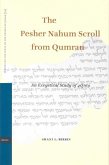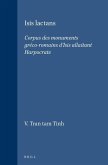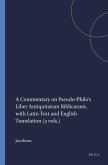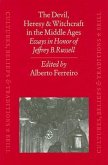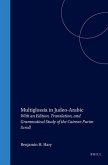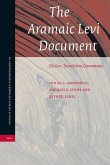Early in the 17th century the Western Pyrenees were riven by one of the greatest witch panics in history. The mountain villages were in uproar when villagers' children reported how they had been abducted during the night and taken to a witches' sabbath. The abducters denounced by the "child-witches" were subjected to violence and illegal torture to wrest confessions from them. A series of eye-witness reports written by a Jesuit, a Bishop, and a Spanish Inquisitor show a surprising lack of interest in the demonological theories of their time, and analyse the phenomenon from its psychological, sociological and anthropological angles. Part One discusses the anatomy of this collective nightmare or dream-epidemic, and provides an introduction to a bilingual edition of the reports in Part Two.
Hinweis: Dieser Artikel kann nur an eine deutsche Lieferadresse ausgeliefert werden.
Hinweis: Dieser Artikel kann nur an eine deutsche Lieferadresse ausgeliefert werden.


